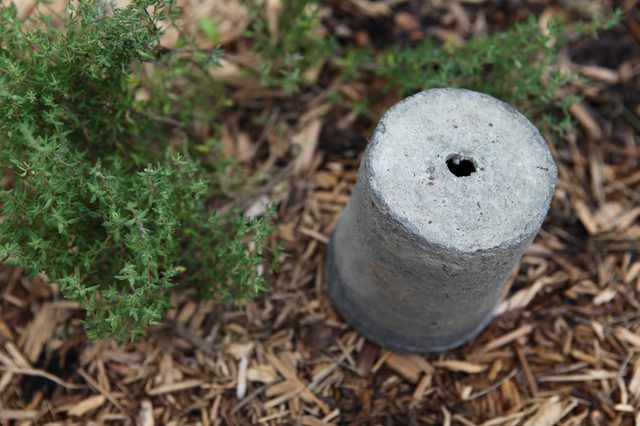Bulbs
Flower Basics
Flower Beds & Specialty Gardens
Flower Garden
Garden Furniture
Garden Gnomes
Garden Seeds
Garden Sheds
Garden Statues
Garden Tools & Supplies
Gardening Basics
Green & Organic
Groundcovers & Vines
Growing Annuals
Growing Basil
Growing Beans
Growing Berries
Growing Blueberries
Growing Cactus
Growing Corn
Growing Cotton
Growing Edibles
Growing Flowers
Growing Garlic
Growing Grapes
Growing Grass
Growing Herbs
Growing Jasmine
Growing Mint
Growing Mushrooms
Orchids
Growing Peanuts
Growing Perennials
Growing Plants
Growing Rosemary
Growing Roses
Growing Strawberries
Growing Sunflowers
Growing Thyme
Growing Tomatoes
Growing Tulips
Growing Vegetables
Herb Basics
Herb Garden
Indoor Growing
Landscaping Basics
Landscaping Patios
Landscaping Plants
Landscaping Shrubs
Landscaping Trees
Landscaping Walks & Pathways
Lawn Basics
Lawn Maintenance
Lawn Mowers
Lawn Ornaments
Lawn Planting
Lawn Tools
Outdoor Growing
Overall Landscape Planning
Pests, Weeds & Problems
Plant Basics
Rock Garden
Rose Garden
Shrubs
Soil
Specialty Gardens
Trees
Vegetable Garden
Yard Maintenance
How to Winterize Perennials
How to Winterize Perennials. Perennial plants are a mainstay of many gardens, bringing attractive greenery and colorful flowers to borders, cutting gardens and other growing beds. When winter ends and spring arrives, however, finding that perennials' new growth is poor or sometimes non-existent can be disappointing. As winter approaches, taking a...
Perennial plants are a mainstay of many gardens, bringing attractive greenery and colorful flowers to borders, cutting gardens and other growing beds. When winter ends and spring arrives, however, finding that perennials' new growth is poor or sometimes non-existent can be disappointing. As winter approaches, taking a few precautions and providing a bit of special care for your perennials can help ensure they have a healthy flush of growth when temperatures warm in spring.
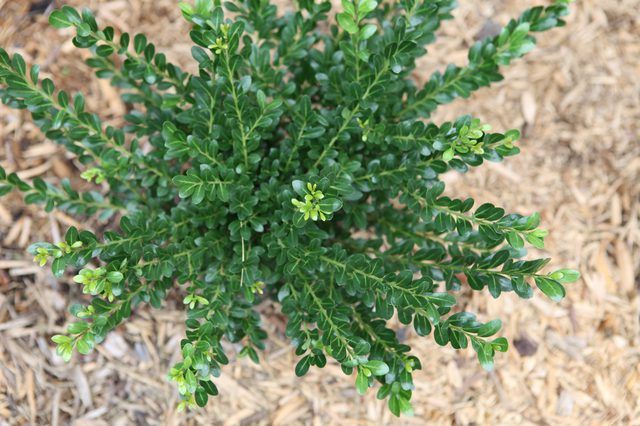
Even though winter is still far away when it is the growing season, you can help your perennials get through winter in good shape. Keep the plants well-watered, especially during hot summer weather when rain is scarce. Aim for about 1 inch of water total per week from rainfall and/or irrigation for most herbaceous plants -- those that die to the ground each year, and about 1/4 to 1/2 inch of water per week for succulents, which store water in their leaves and stems. This measure promotes good root growth that helps plants survive winter cold well. Help plants make and store food by fertilizing every six weeks, working a slow-release, 5-10-5 granular fertilizer into the soil of each plant's root zone. The total application should be about 4 pounds of fertilizer per 100 square feet of planted bed. Stop fertilizing by late August in order to prevent new growth that will be damaged easily by cold weather.
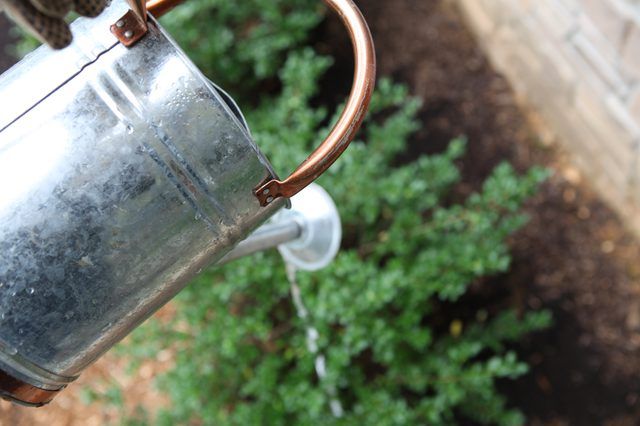
In fall, cut back foliage and stems on non-evergreens that die back each year, leaving only 1 or 2 inches of each dried stem above the ground. Also clear away dead leaves, twigs and other debris from under and around all plants to remove insect eggs, fungal spores and other plant pathogens that can overwinter and reappear in spring. Although other winterizing steps depend to some degree on your winter climate, all plants benefit from the addition of a 4- to 6-inch-thick layer of mulch on top of their soil in fall. Mulch helps conserve soil moisture and prevents heaving of the ground in areas that experience winter freeze-thaw cycles. Use shredded hardwood, hay or straw, spreading it evenly and loosely under the plants but not letting the mulch touch the stems so that air can circulate around each plant's base
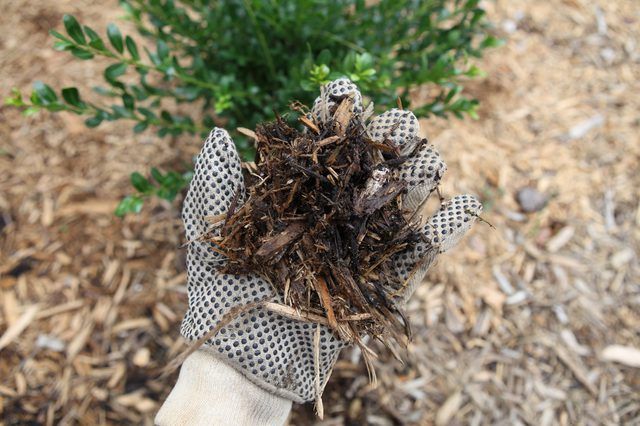
Strong winter winds can dry out and injure plant tissues, especially in specimens such as the Lenten rose (Helleborus orientalis), an evergreen that retains its leaves and is hardy in U.S. Department of Agriculture plant hardiness zones 4 through 9. Provide wind protection by spraying evergreens with an anti-desiccant in fall, applying it to all plant parts until they're dripping wet. Anti-desiccant is available as a concentrate that requires dilution; one such product needs to be diluted at a rate of 1 gallon of the liquid concentrate per 5 or 10 gallons of water, but follow your product's label for its specific directions. Screening plants by surrounding them with burlap attached to several stakes driven in the ground also provides wind protection, but allow space between plants and the burlap for good air circulation.
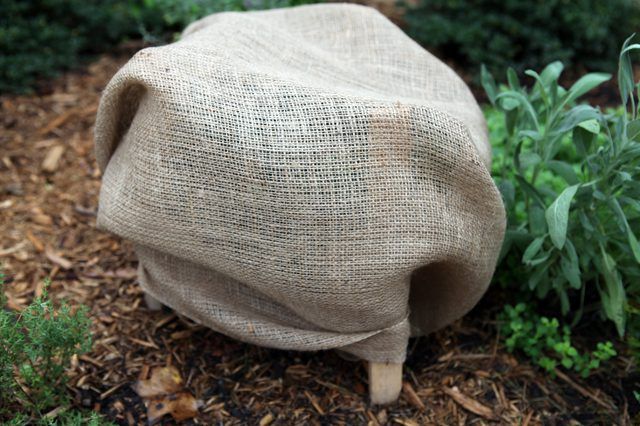
If your area tends to have mild winters without long-lasting frosts, then your perennials' roots may continue to take up water throughout winter, making periodic watering every few weeks a good strategy to help them survive winter well. Even plants in cold areas can benefit from monthly light watering, but don't overwater, providing only the amount of water that seeps readily into the soil. Using that watering technique helps prevent soggy roots, which are prone to rot, especially during winter warm spells. You also can protect your perennial plants from winter storms by covering their crowns -- the parts of the plants where stems meet roots -- with overturned flowerpots or small tubs, but only use covers that are vented with a drain hole, preventing overheating of plants on sunny winter days.
